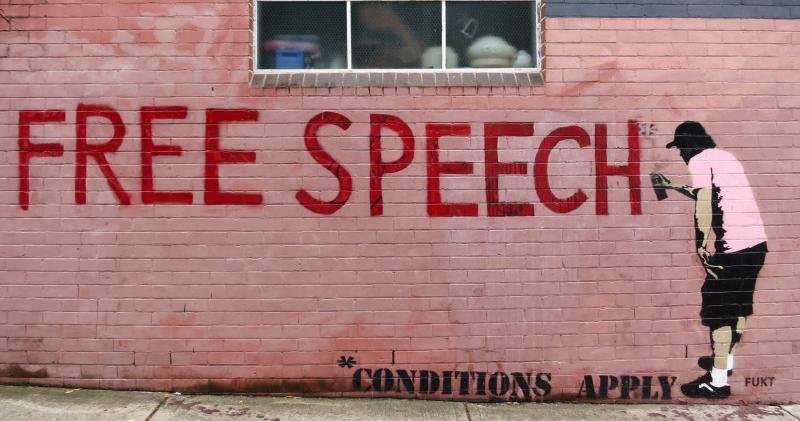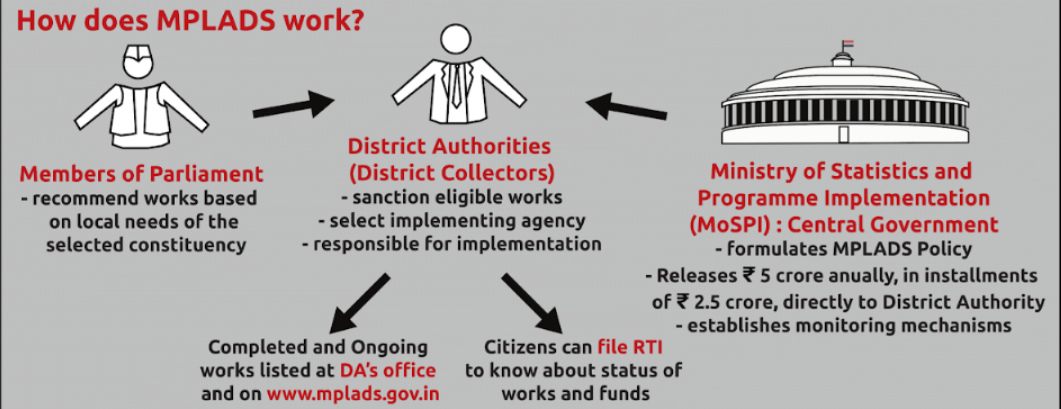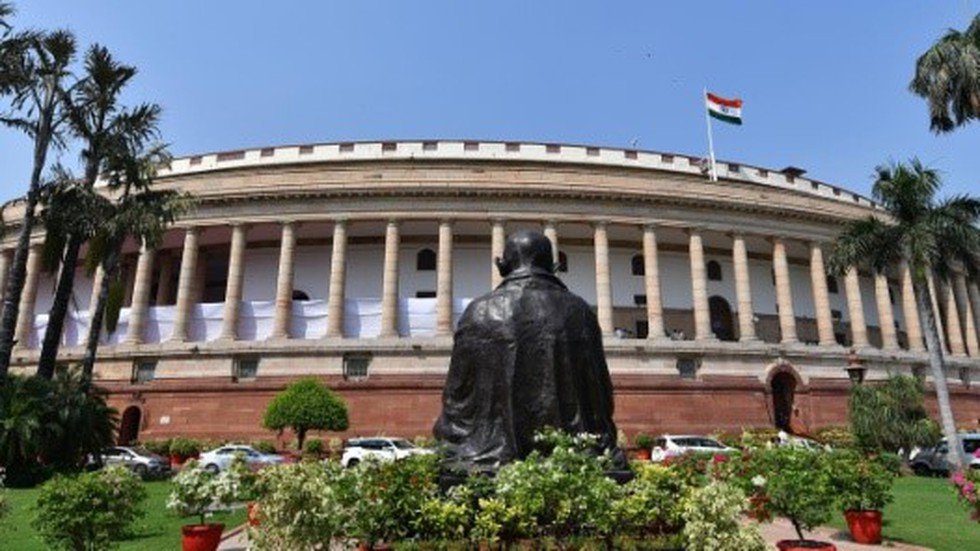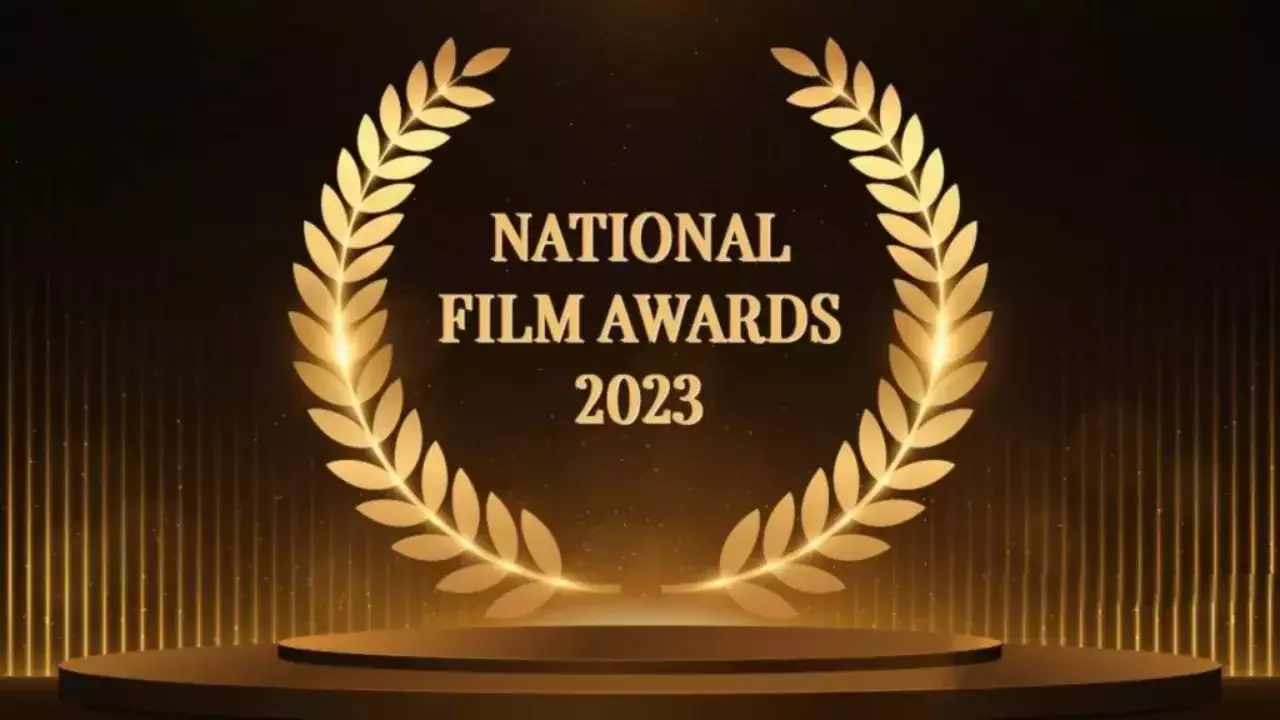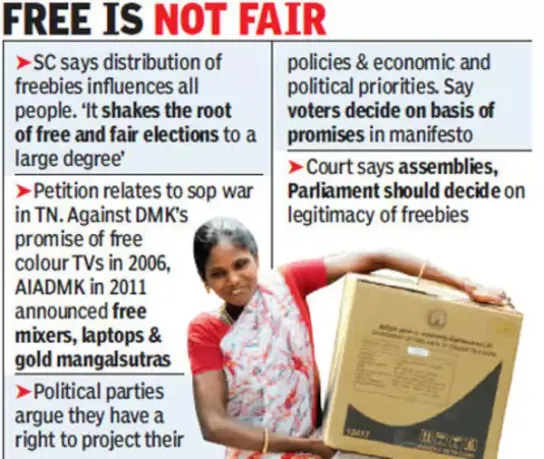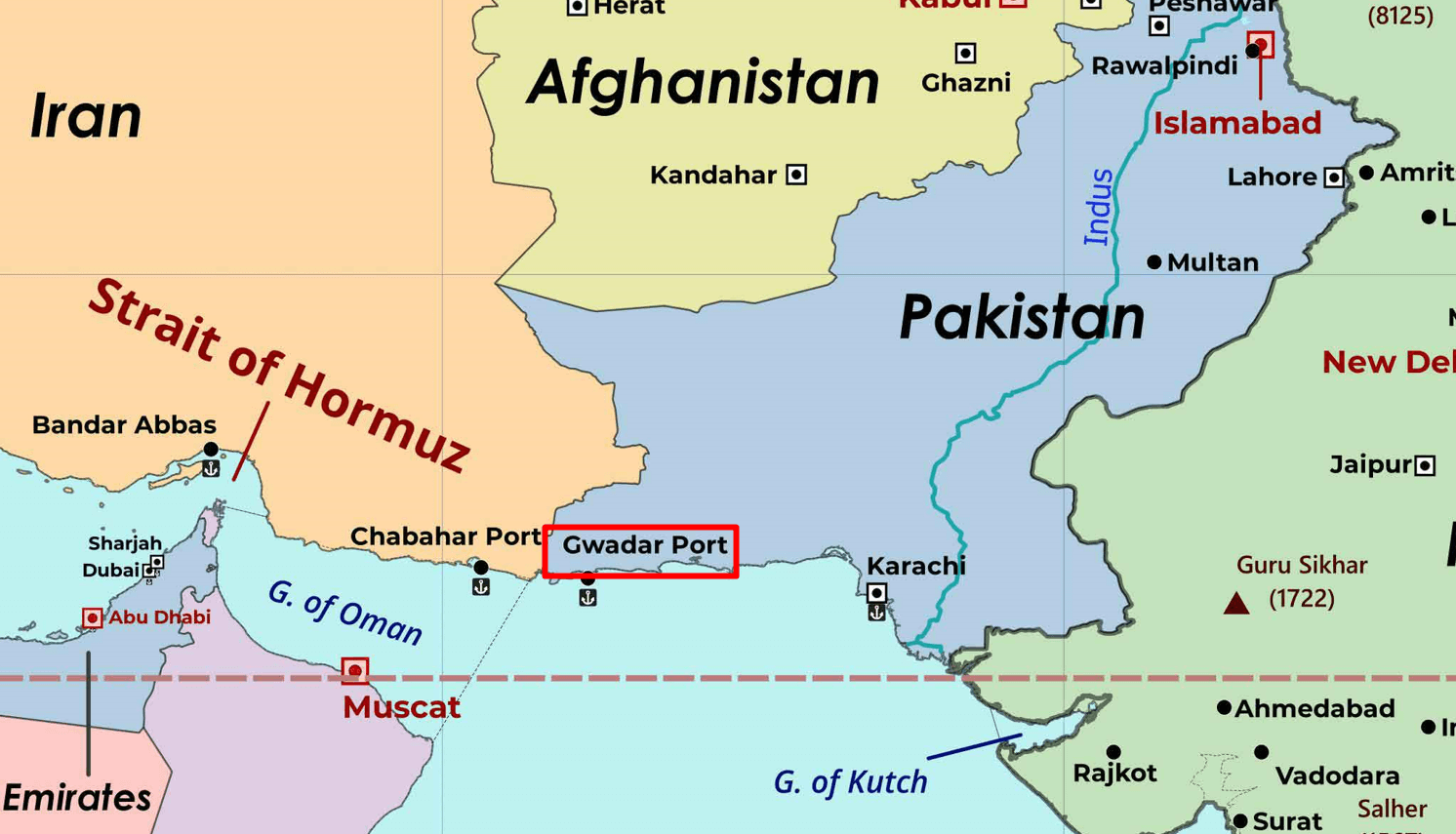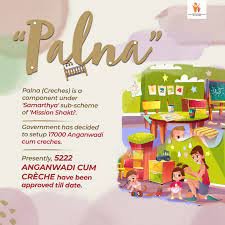
President’s Address | Motion of Thanks
Subscribers of "Current Affairs" course can Download Daily Current Affairs in PDF/DOC
Subscribe to Never Miss an Important Update! Assured Discounts on New Products!
Must Join PMF IAS Telegram Channel & PMF IAS History Telegram Channel
President’s Address
- Articles 86 and 87 of the IC deal with the Address by the President.
Article 86
- It provides that the President may address either House of Parliament or both Houses assembled together, and for that purpose require the attendance of members.
- However, the President may or may not exercise this right.
- Since the commencement of the IC, there has not been any occasion when the President has addressed either House or both Houses assembled together, under the provision of this article.
Extra Bits
|
Article 87
- It provides for the ‘special address’ by the President.
- Clause (1) of the Art 87 provides that:
- At the commencement of 1st session after each general election to House of the People and
- At the commencement of the 1st session of each year,
the President shall address both Houses of Parliament assembled together. Such an Address is called ‘special address’ and it is also an annual feature.
- No other business is transacted till the President has addressed both Houses of Parliament assembled together.
- Under this article, the President’s address to both the houses assembled together is a constitutional obligation i.e., mandatory.
- It means that if at the time of commencement of the first session of the year, the Lok Sabha has been dissolved and the Rajya Sabha has to meet, then the Rajya Sabha can have its Session without the President’s Address.
- E.g. During the dissolution of the Lok Sabha in 1977 and 1991, the Rajya Sabha had its sessions without the President’s Address.
- In case of the first session after each general election to the Lok Sabha, the President addresses both Houses of Parliament assembled together after the members of the Lok Sabha have made and subscribed the oath or affirmation and the Speaker has been elected by the Lok Sabha.
Contents of the Presidential Address
- It is a statement of policy of the Government and is drafted by the Government which is responsible for its contents.
- It contains a review of various activities and achievements of the Government during the previous year and sets the broad governance agenda for the coming year.
|
Motion of Thanks
- The address of the president, which corresponds to the ‘speech from the Throne in Britain’, is discussed in both the Houses of Parliament on a motion called the ‘Motion of Thanks’.
- Clause (2) of Art 87 of the IC requires that provision shall be made by the rules regulating the procedure of either House for allotment of time for discussion of matters referred to in the President’s Address.
- Rules of Procedure and Conduct of Business in the House make provisions for discussion of the Address.
- Discussion on the matters referred to in the Address takes place on a Motion of Thanks moved by a member and seconded by another member.
- Members who are to move and second the Motion are selected by the PM.
Scope of discussion
- The members (of both the Houses) are at liberty to speak on every matter of national or international importance and other issues of governance.
- Generally, three days are allotted for the discussion on the Motion of Thanks.
- The time allotted by the House for discussion on the Motion of Thanks is distributed amongst various parties and groups in proportion to their strength in the House.
- PM or any other senior minister replies and responds to issues raised by MPs.
Voting
- At the end of the discussion, the motion is put to vote.
Amendments to the Motion of Thanks
- Notices of amendments can be tabled after the President has delivered his/her Address.
- As a matter of convention (but not always), amendments to the Motion of Thanks are given only by members belonging to a party in opposition to the Government.
- Amendments are generally tabled concerning matters referred to in the Address as well as matters which, in the opinion of the movers of amendments, the Address has failed to mention.
- If any of the amendments proposed are accepted, then the Motion of Thanks is adopted in the amended form.
- The Motion of Thanks with an amendment was adopted for the first time on 30 January 1980.
Significance
- The Motion of Thanks must be passed in the House (with a simple majority i.e. majority of members present and voting), otherwise it amounts to the defeat of the government.
- It is one of the ways through which the Lok Sabha can express a lack of confidence in the government of the day.





![PMF IAS Environment for UPSC 2022-23 [paperback] PMF IAS [Nov 30, 2021]…](https://pmfias.b-cdn.net/wp-content/uploads/2024/04/pmfiasenvironmentforupsc2022-23paperbackpmfiasnov302021.jpg)
